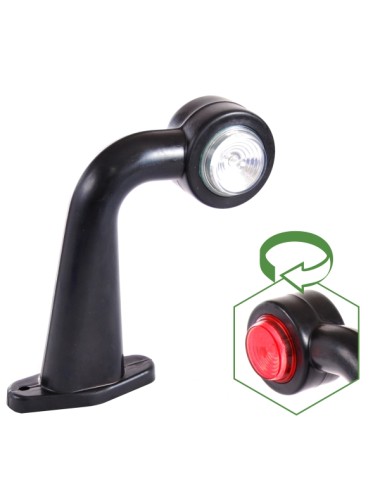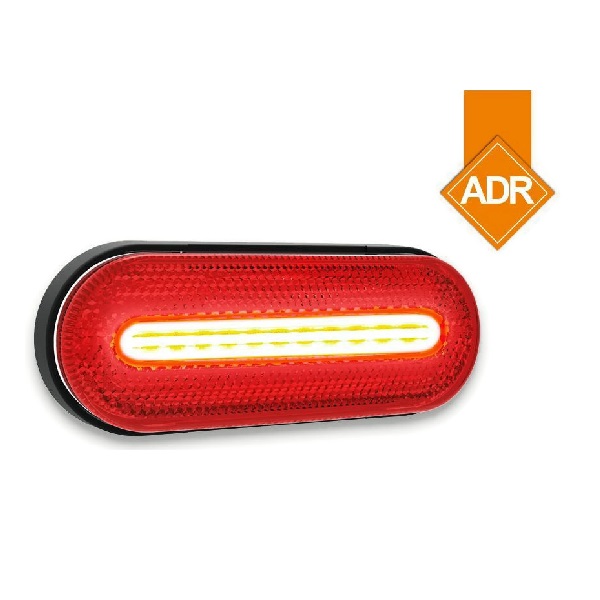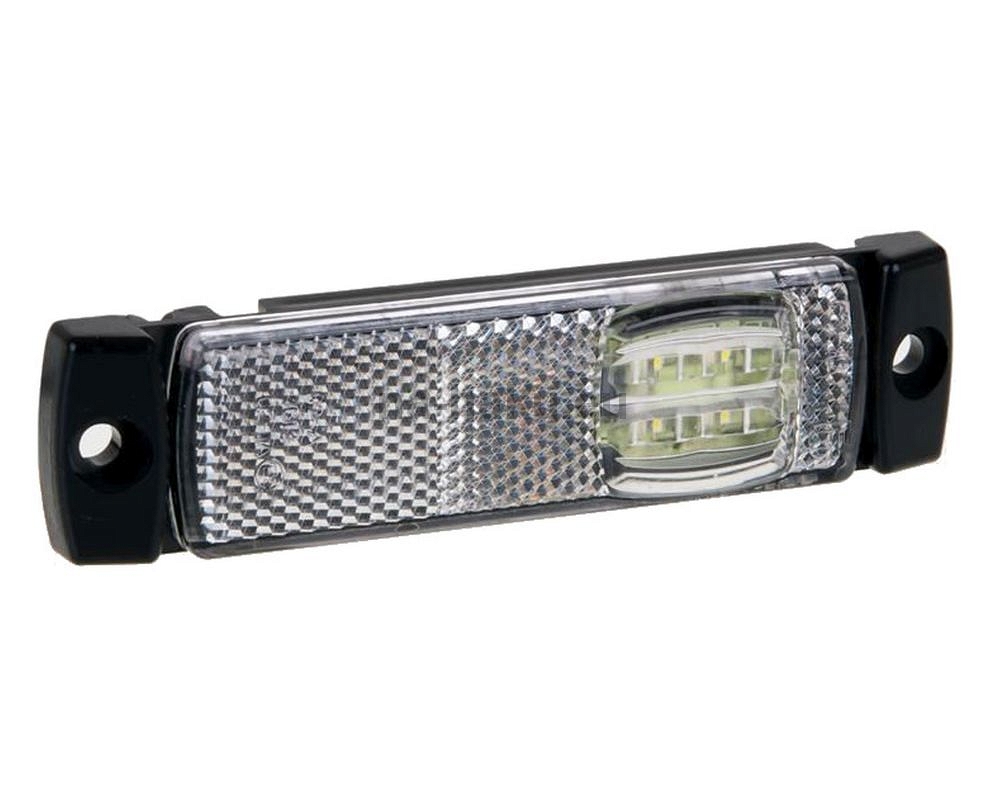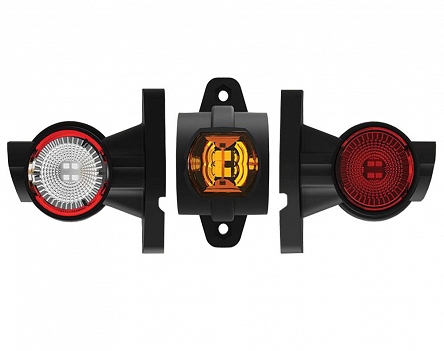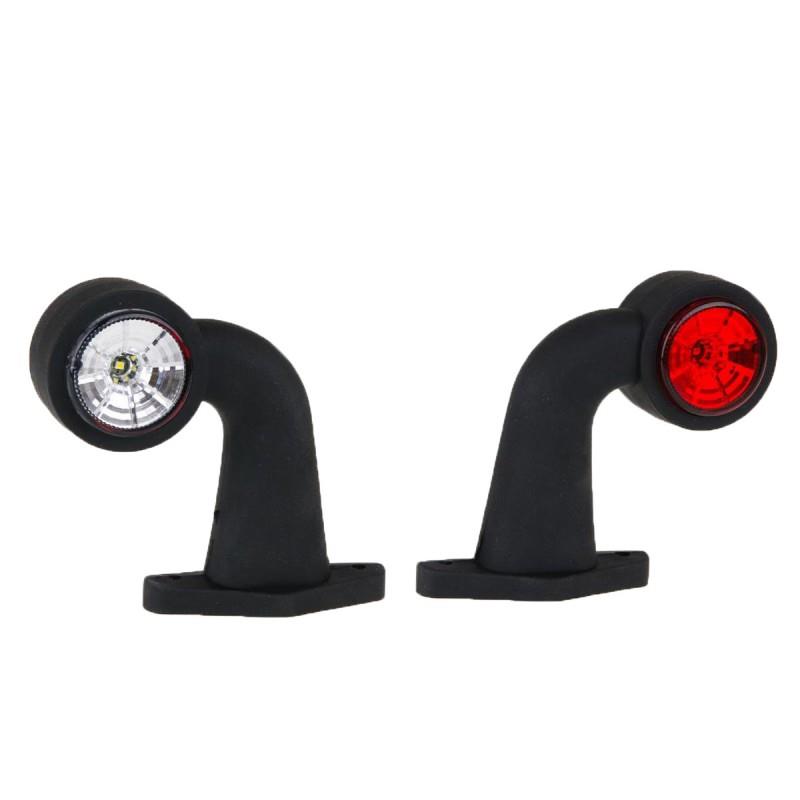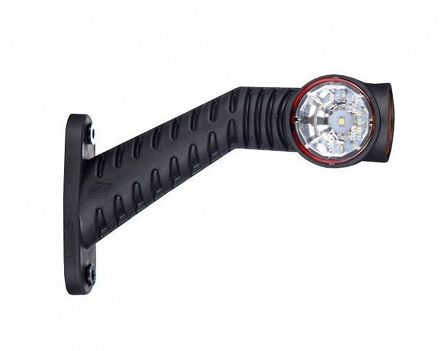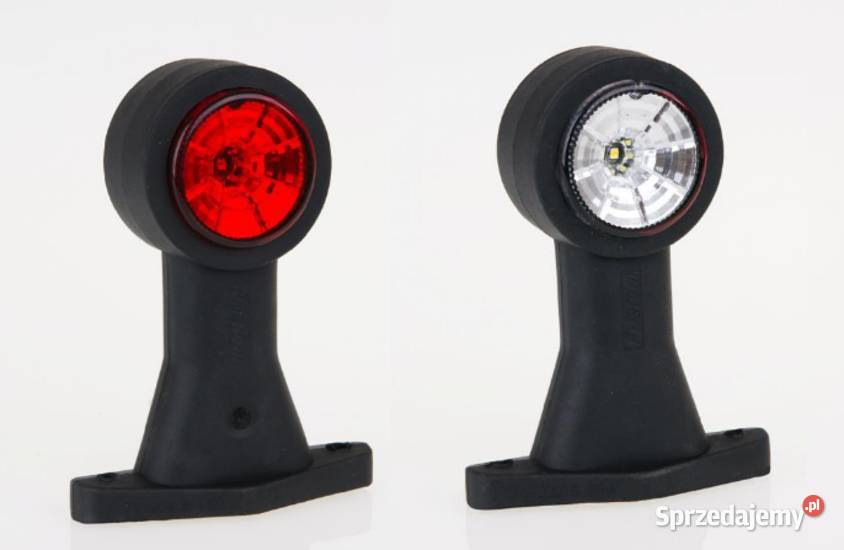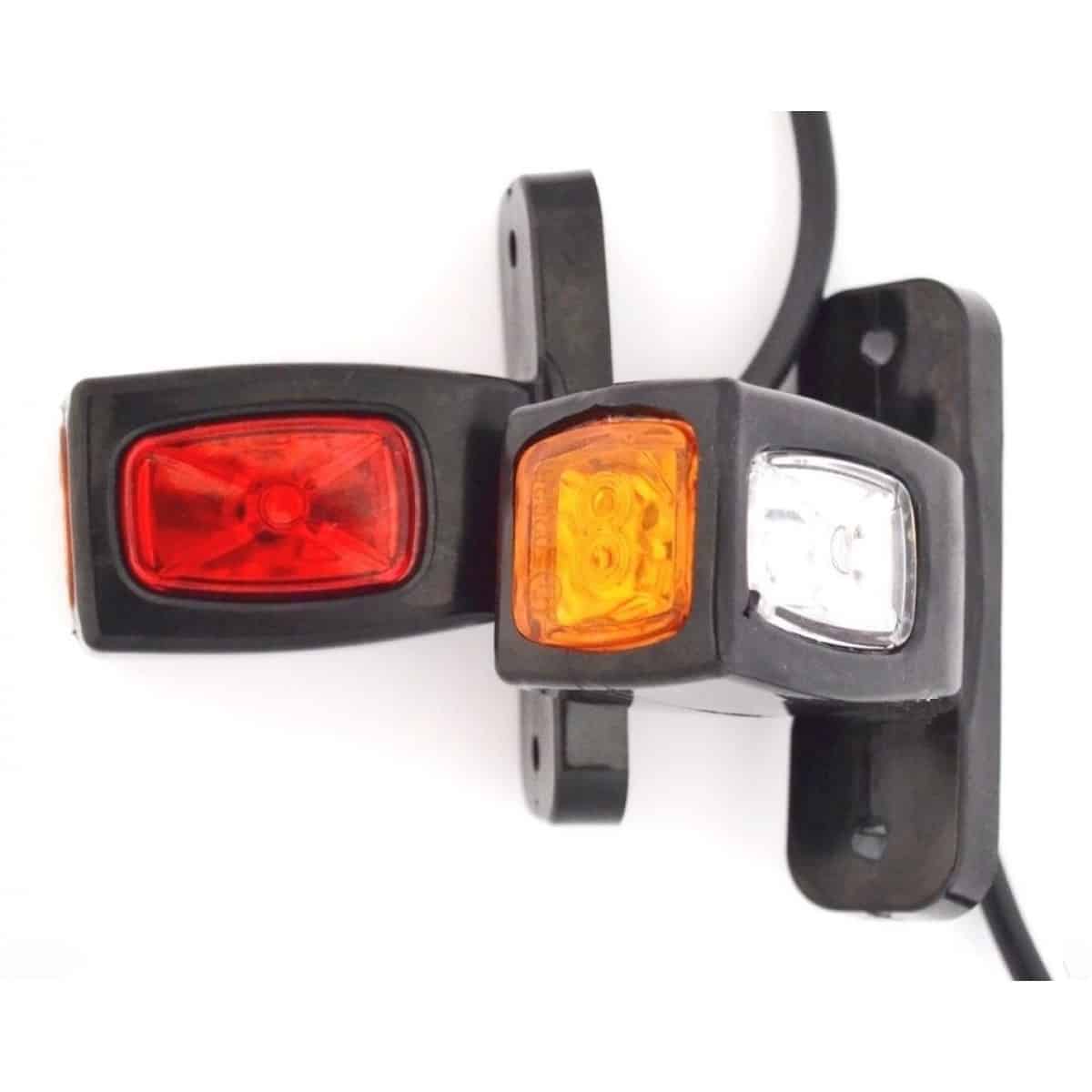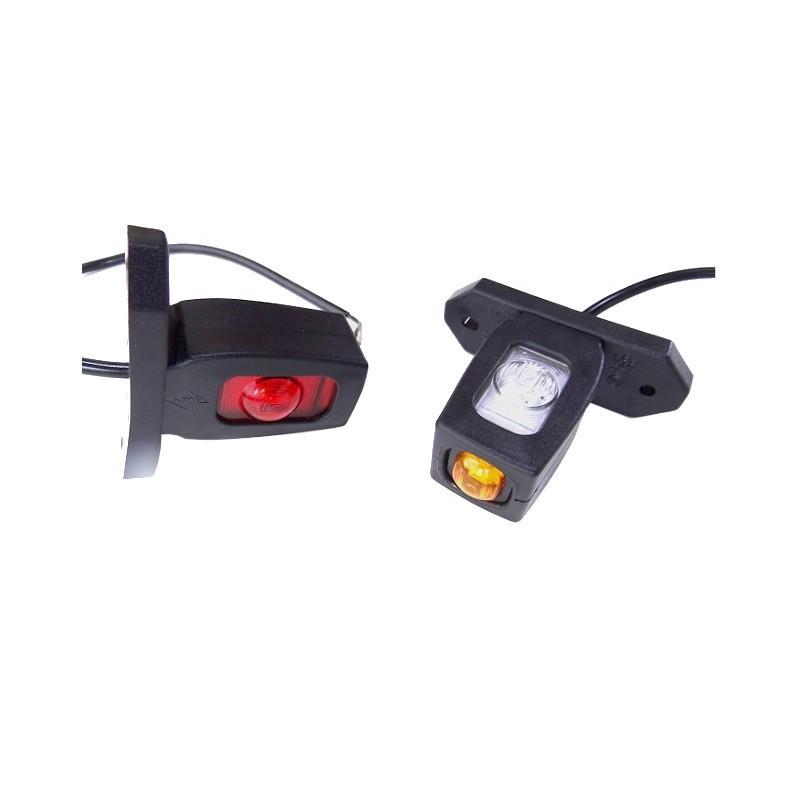
Lampa obrysowa LED biała+pomarańczowa uniwersalna Ø80 x 40mm przewód 40cm 12V LED Lampy samochodowe | TrailerPlus

Lampa obrysowa LED FT-145 LEWA na wysięgniku gumowym, trzykolorowa, długa z przewodem o dł. 0,3 m. FT-145P Za Hakiem.pl
Lampa obrysowa LED lampka boczna NACZEPA PRZYCZEPA FT-004 Z LED za 28 zł z RAWA MAZOWIECKA - Allegro.pl - (9598659643)
PRZYCZEPY NACZEPY LAWETY LAMPA OBRYSOWA LED 12/24V 883 za 66,66 zł z Ząbki - Allegro.pl - (11556171618)

10 szt. LED boczne światła obrysowe wskaźniki pozycji bursztyn 24 V wodoodporne lampki boczne LED do ciężarówki przyczepy ciężarówki kabiny autobusu łodzi traktora przyczepy kempingowej : Amazon.pl: Motoryzacja

Kup 1/2 szt. 12V 24V światła przyczepy ciężarówki LED boczne światło obrysowe lampka sygnalizacyjna ciągnik siodłowy lampy obrysowe Parking | Joom

2 sztuk ciężarówka światło obrysowe boczne s 12v przyczepa LED światła lampa obrysowa lewa światła obrysowe światło obrysowe boczne LED dla ciężarówki|Oświetlenie do ciężarówek| - AliExpress
Lampa obrysowa obrysówka LED naczepa przyczepa TIR 2010000086513 za 95 zł z Wyszków - Allegro.pl - (11749347004)
Lampa obrysowa LED Górna przednia BIAŁA Przyczepa FT-013 B LED za 25 zł z RAWA MAZOWIECKA - Allegro.pl - (10706674111)

